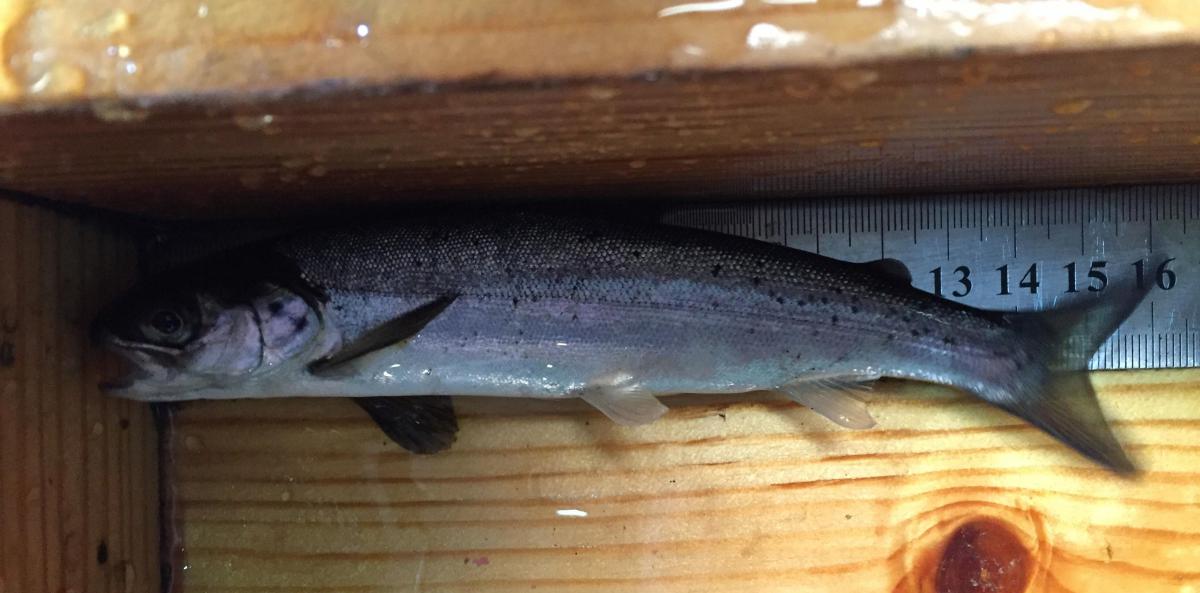Latest News
Dan's second month as the GFT intern
Hello, Dan here again. Since my last blog I have been getting involved with a number of new things such as crayfish surveys, leading volunteers on habitat restoration works and helping to supervise works on the Black Water of Dee.
GFT new intern blog- by Dan Pollard
My name is Daniel Pollard and I am delighted to say that I am the new intern at Galloway Fisheries Trust.
Fisheries intern signing off
My time at GFT has come to an end, it has been a fantastic six months and I have had so many great experiences.

